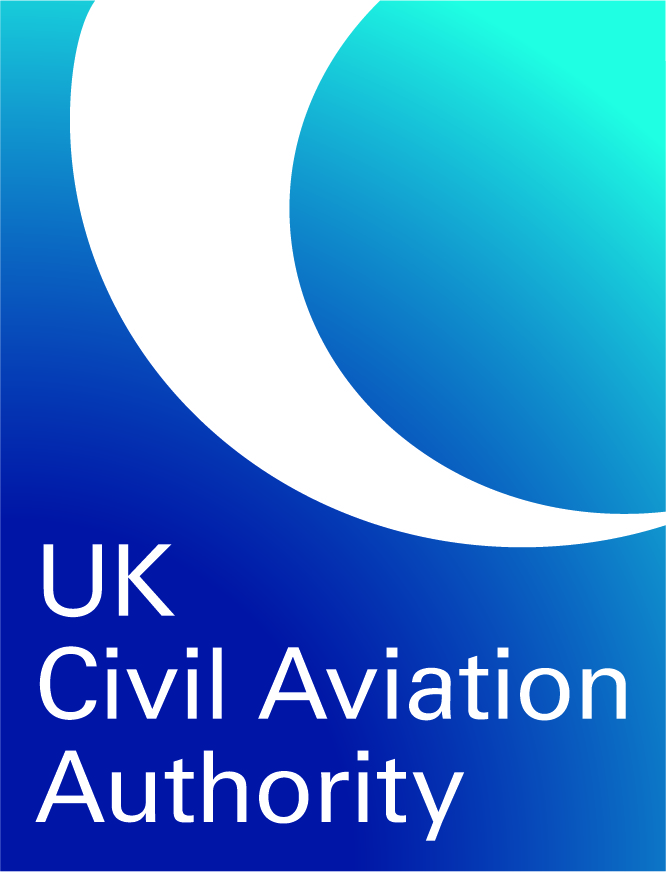Consultation on proposed amendments to operational multi-pilot limitations (UK Regulation (EU) No 1178/2011)
Additional information
The Civil Aviation Authority (CAA) is considering amendments to the implementing rules in Annex IV (Part-MED) of the Aircrew Regulation (UK Regulation (EU) No 1178/2011) which impose restrictions on the application and management of operational multi-pilot limitations (OML) on Class 1 medical certificates.
An OML is generally applied where an applicant does not fully meet the requirements for a Class 1 medical certificate for single pilot operations. When a medical certificate is endorsed with this limitation, the holder may only exercise their Class 1 privileges as or with a qualified co-pilot. Other privileges - Class 2 or LAPL - are not affected by this limitation. These restrictions were made and enforced under EU legislation and assimilated into UK law after exit from the EU.
The changes under consideration are
- to permit the issue of initial Class 1 medical certificates with an OML to applicants with certain well-controlled medical conditions, and
- to remove the requirement for commercial pilots with a Class 1 OML to only operate an aircraft when the other pilot does not have an OML and is under age 60 years.
Flight safety
The CAA believes that the restrictions on the application and management of the OML could be removed without altering safety outcomes. Currently, when assessing a holder of a CPL, ATPL or MPL who might not fully comply with the requirements for a Class 1 medical certificate, an OML is applied only when the medical condition is considered unlikely to jeopardise the safe exercise of the privileges of the applicable licence when complying with the limitation.
The same criteria would be applied when assessing initial applicants, who will have to meet the same threshold for issuance of a Class 1 medical certificate with an OML as commercial licence holders.
Further, in multi-crew operations, the presence of another pilot (or pilots) is a significant mitigation for risks associated with pilot incapacitation. The likelihood of two pilots with an OML, or one pilot with an OML and one aged 60-65, experiencing incapacitation at the same time is significantly less than the most stringent threshold for a fit assessment in relation to all medical conditions (Unrestricted Class 1).
Regulatory changes
The regulatory changes under consideration affect the following:
UK Regulation (EU) No 1178/2011 (Aircrew Regulation) Annex IV (Part-MED)
MED.B.001(d)(1)(i)
MED.B.001(d)(1)(ii)
Note: the provisions of MED.B.001(d)(1)(ii) are duplicated in the acceptable means of compliance (AMC) to UK Regulation (EU) No 965/2012 (Air Operations) Annex III (Part-ORO) AMC1 ORO.FC.100(c) Composition of flight crew. This AMC would be repealed at the same time as the regulatory amendments.
The proposed changes are commensurate with the CAA’s regulatory principle to act proportionately and is consistent with the Government’s Better Regulation Framework to minimise the legislative burden to industry. The UK will continue to comply with ICAO Annex 1 to the Convention on International Civil Aviation.
Benefits
The CAA anticipates the following benefits as a result of easing the restrictions on the application and management of the OML:
- Permitting the issue of an initial Class 1 medical certificate with an OML will remove a barrier to entry for some applicants with well controlled long-term medical conditions.
- Operators will have more flexibility in how they roster pilots with an OML, and it will also remove uncertainties around cruise relief protocols and heavy crews.
